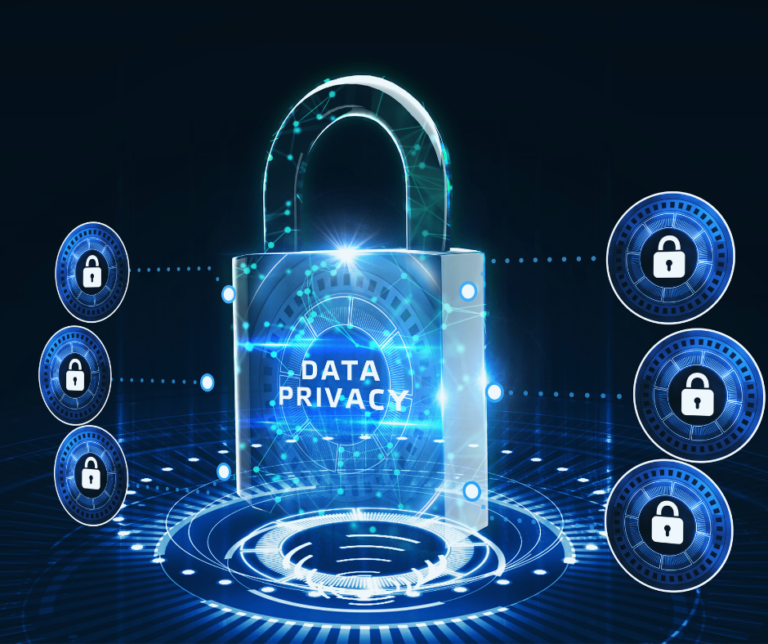In an era where digital interactions are integral to daily life, the significance of privacy in cybersecurity cannot be overstated. From personal communications to financial transactions, the data we generate and share online has become a treasure trove for legitimate and malicious entities. As cyber threats evolve in sophistication, the imperative to protect personal information has never been more critical. This blog post delves into the relationship between privacy and cybersecurity, highlighting the challenges, solutions, and future trends.
While distinct concepts, privacy, and cybersecurity are deeply interconnected. Privacy pertains to individuals’ right to control their personal information and how it is used. Cybersecurity, however, involves measures to protect systems, networks, and data from cyberattacks. Effective cybersecurity practices are essential to maintaining privacy, as they safeguard the data that individuals and organizations seek to protect.
The landscape of privacy in cybersecurity is continually evolving, driven by advancements in technology and changes in regulatory frameworks. Here are some emerging trends and considerations for the future:
Privacy in cybersecurity is a dynamic and multifaceted challenge requiring constant vigilance and adaptation. As our reliance on digital technologies grows, so does the importance of protecting our personal information. By implementing robust security measures, staying informed about emerging threats, and fostering a culture of privacy, we can navigate the digital frontier with greater confidence and security.
If you want to learn more about protecting your privacy or need to secure your organization, contact CCP to help!
Contact us today for a Free IT Consultation. In the meantime, read about what others have said about our services.
